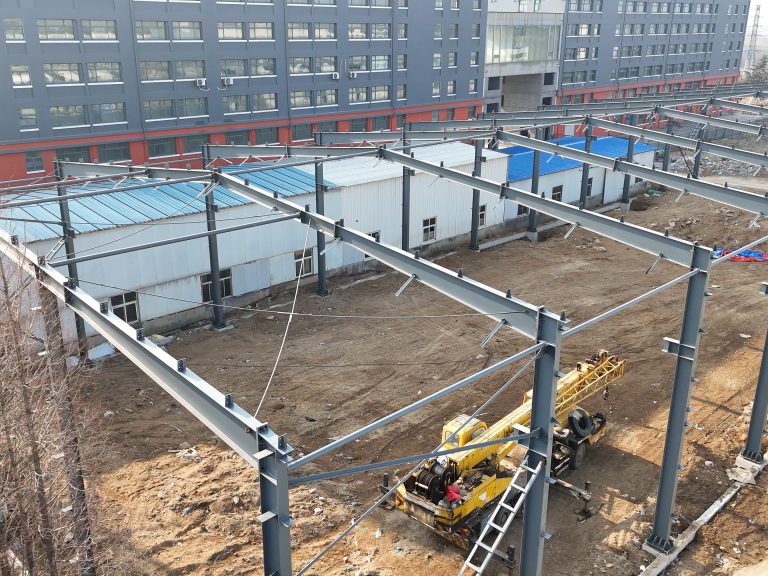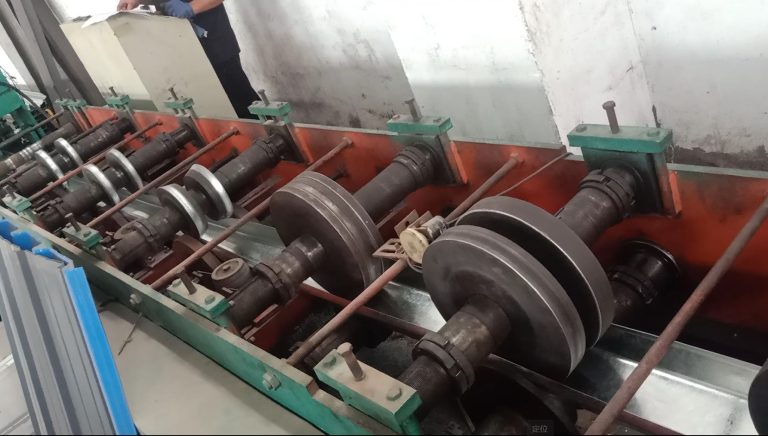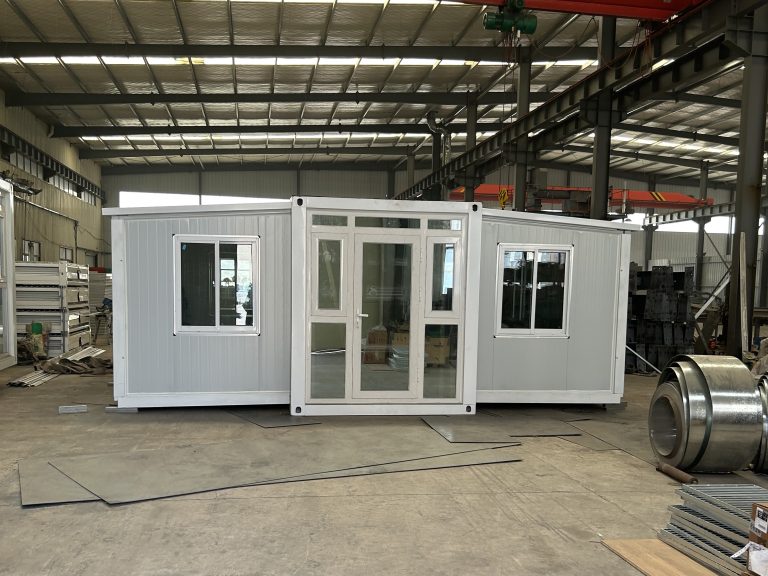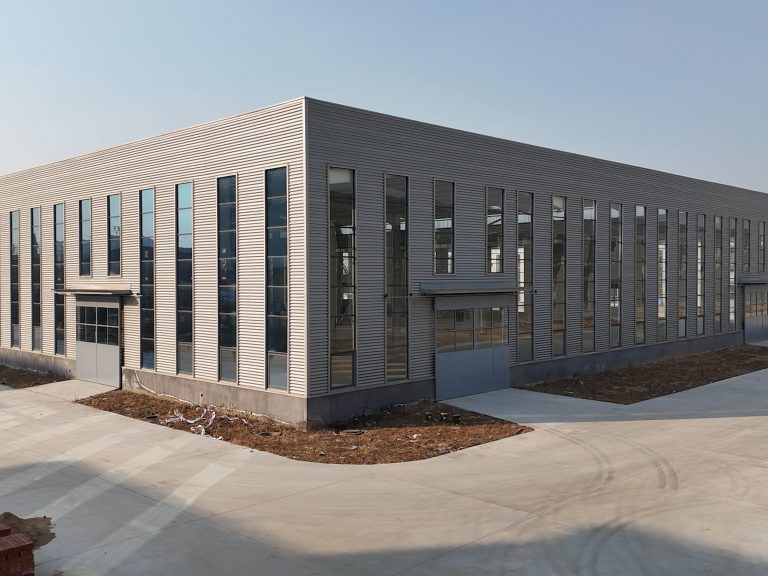Table of Contents
Advantages of Steel Structures in Steel Plant Construction
Steel structures are a crucial component in the construction of steel plants, providing the necessary infrastructure for industrial production. The use of steel in these structures offers numerous advantages that make it the material of choice for such projects.
One of the key advantages of steel structures in steel plant construction is their strength and durability. Steel is known for its high tensile strength, which allows it to withstand heavy loads and harsh environmental conditions. This strength is essential in a steel plant, where heavy machinery and equipment are constantly in use. Steel structures provide a stable and secure foundation for these operations, ensuring the safety of workers and the integrity of the plant.
In addition to its strength, steel is also a highly versatile material that can be easily customized to meet the specific needs of a steel plant. Steel structures can be designed and fabricated in a wide range of shapes and sizes, allowing for the construction of complex and innovative industrial facilities. This flexibility is essential in the fast-paced and ever-evolving steel industry, where new technologies and processes are constantly being developed.
Another advantage of steel structures in steel plant construction is their cost-effectiveness. While the initial cost of steel may be higher than other building materials, such as concrete or wood, the long-term savings are significant. Steel structures require minimal maintenance and have a long lifespan, reducing the need for costly repairs and replacements. Additionally, steel is a sustainable material that can be recycled and reused, further reducing the environmental impact of steel plant construction.
Furthermore, steel structures offer a high level of fire resistance, which is essential in an industrial setting where the risk of fire is always present. Steel does not burn or contribute to the spread of flames, making it a safe and reliable choice for steel plant construction. This fire resistance can help protect valuable equipment and assets, as well as ensure the safety of workers in the event of a fire.
In conclusion, steel structures are an essential component in the construction of steel plants, providing the necessary infrastructure for industrial production. The advantages of steel, including its strength, versatility, cost-effectiveness, and fire resistance, make it the ideal material for such projects. By choosing steel structures for steel plant construction, companies can ensure the safety, efficiency, and sustainability of their operations. Steel is truly the backbone of the steel industry, providing the foundation for growth and innovation in this vital sector.
Sustainable Practices in Steel Plant Infrastructure Development
Steel structures are a crucial component of industrial infrastructure, particularly in the production of steel itself. Steel plants rely on sturdy and durable structures to house the various processes involved in steel production, from smelting to rolling and finishing. These structures must be able to withstand high temperatures, heavy loads, and harsh environmental conditions to ensure the safety of workers and the efficiency of operations.
One of the key advantages of using steel structures in steel plants is their strength and durability. Steel is known for its high tensile strength, which allows it to support heavy loads without bending or breaking. This makes it an ideal material for constructing the large buildings and equipment needed in steel production facilities. Additionally, steel structures are resistant to corrosion, fire, and pests, making them a long-lasting and low-maintenance option for industrial infrastructure.
In addition to their strength and durability, steel structures offer flexibility in design and construction. Steel can be easily shaped and molded into various forms, allowing for the creation of custom structures that meet the specific needs of a steel plant. This flexibility also allows for the easy expansion or modification of existing structures as production needs change over time. Steel structures can be prefabricated off-site and assembled on-site, reducing construction time and costs compared to traditional building materials.
Another benefit of using steel structures in steel plants is their sustainability. Steel is a highly recyclable material, with a recycling rate of over 90% in the United States. This means that steel structures can be easily dismantled and recycled at the end of their life cycle, reducing the environmental impact of industrial infrastructure development. Additionally, steel production itself has become more sustainable in recent years, with advancements in technology reducing energy consumption and emissions.
When designing steel structures for steel plants, engineers must consider a variety of factors to ensure the safety and efficiency of operations. Structural integrity is paramount, as steel structures must be able to support heavy equipment and withstand the forces generated during steel production processes. Fire protection is also a critical consideration, as steel plants are at risk of fires due to the high temperatures involved in steelmaking. Proper ventilation and insulation are essential to maintain a safe working environment for employees.
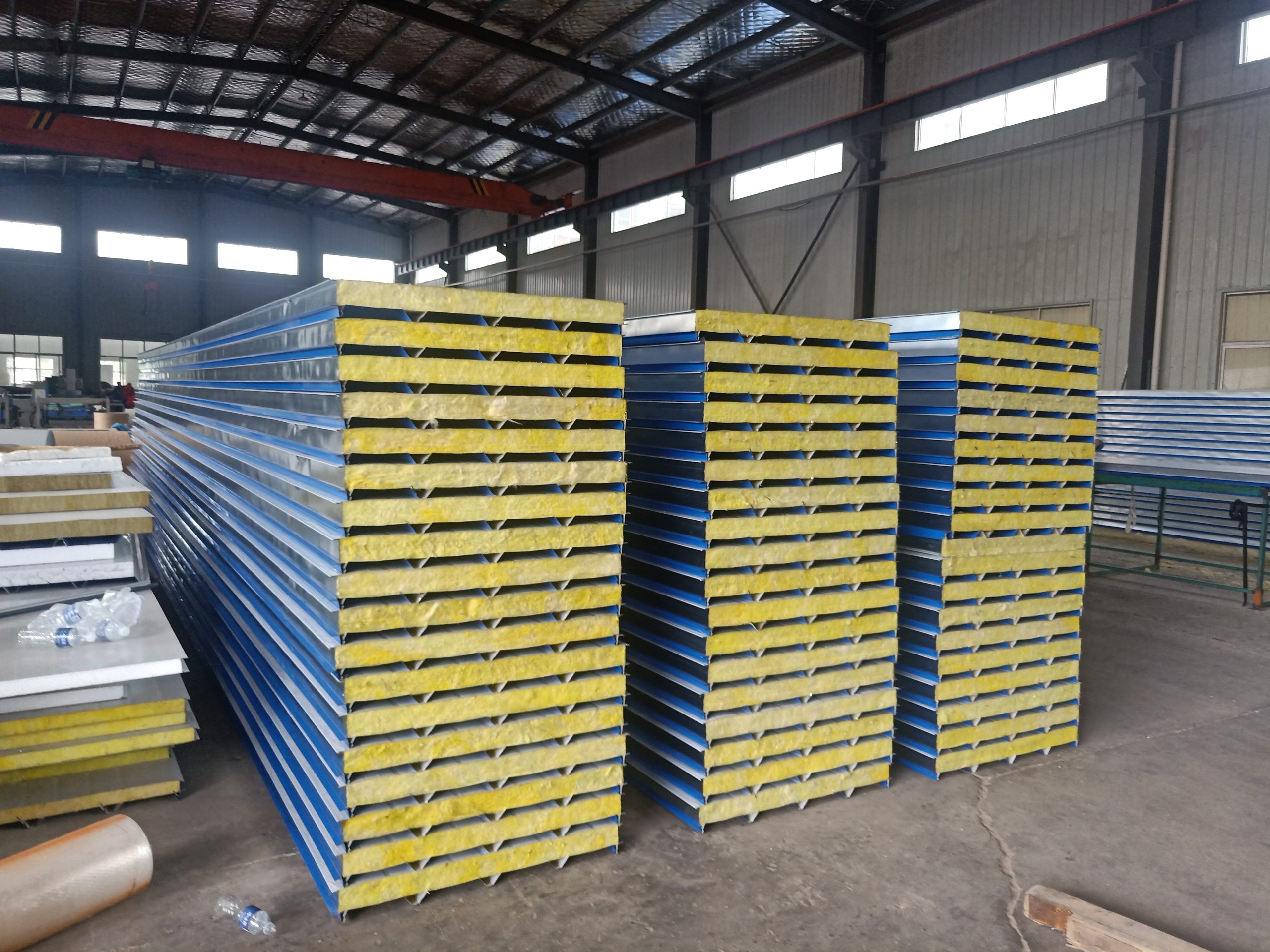
In conclusion, steel structures play a vital role in the infrastructure of steel plants, providing the strength, durability, and flexibility needed for industrial production. By utilizing steel in the construction of their facilities, steel plants can ensure the safety of their workers, the efficiency of their operations, and the sustainability of their practices. With ongoing advancements in steel technology and construction methods, steel structures will continue to be a cornerstone of industrial infrastructure development for years to come.

